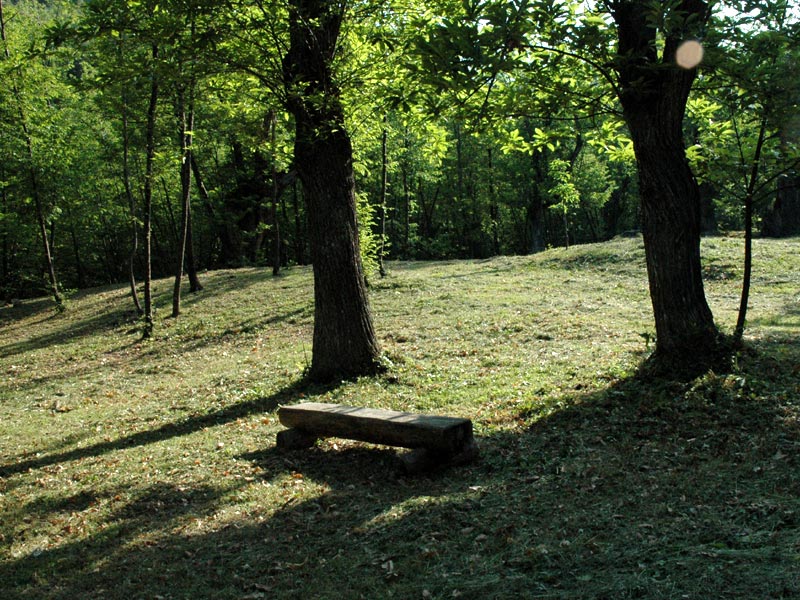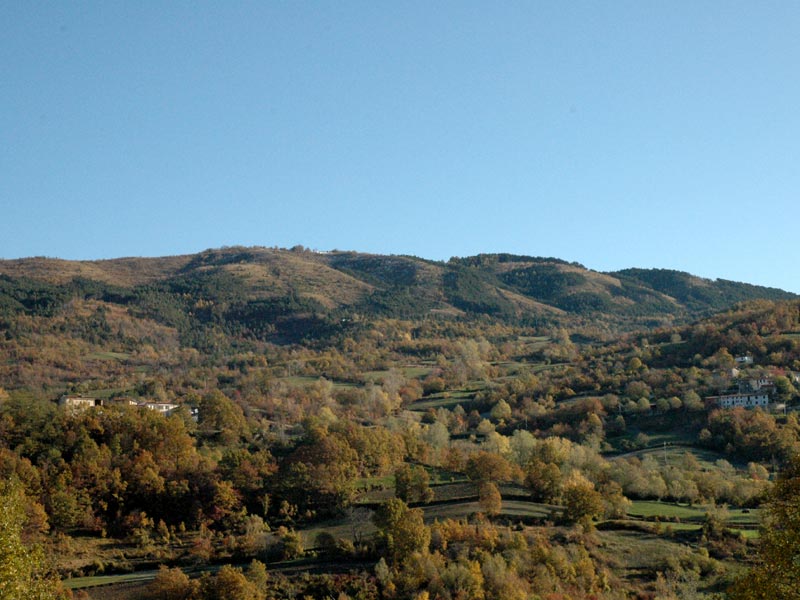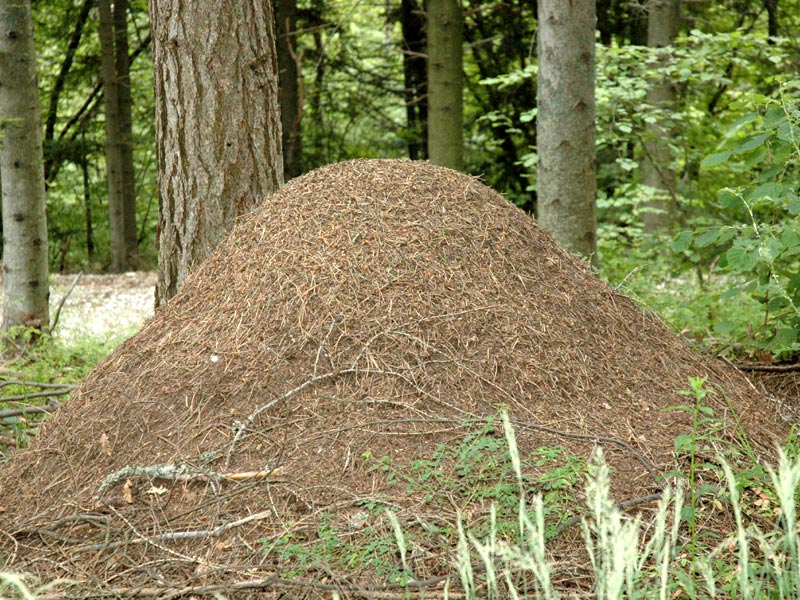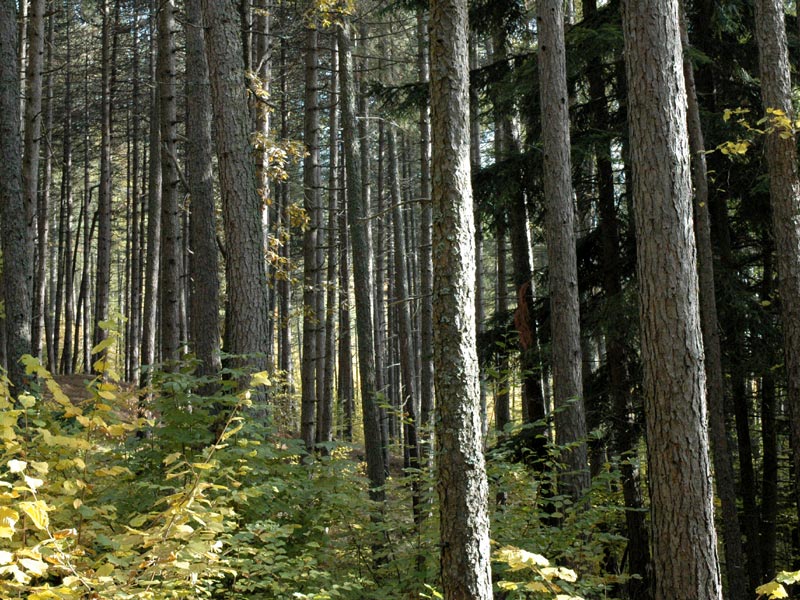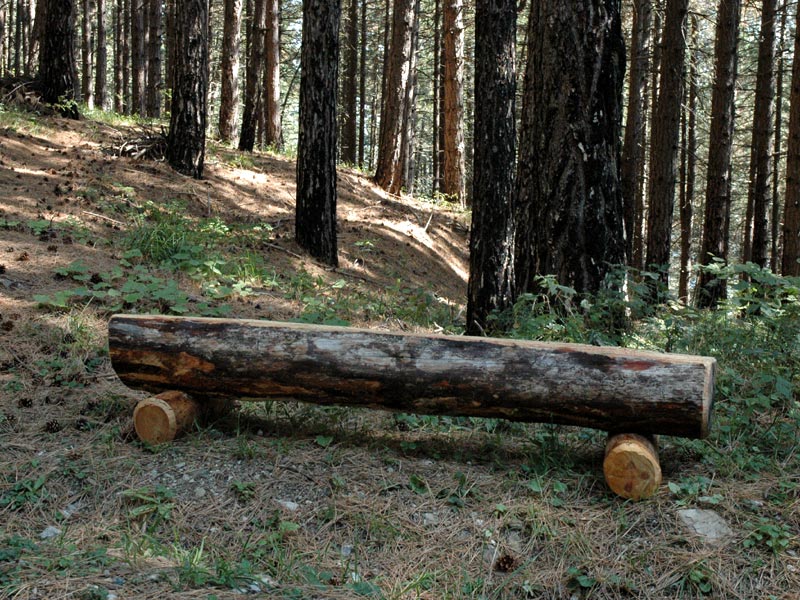Riserva Naturale Monte Alpe
www.ersaf.lombardia.it/biodiversita-e-aree-protette/riserve-naturali/riserva-naturale-monte-alpe/Protected Area
Identity Card
- Land Surface Area: 327.60 ha
- Regions: Lombardia
- Provinces: Pavia
- Municipalities: Menconico
- Establishment Measures: DCR 1968 06/03/1985
- PA Official List: EUAP0318
Vegetation
Woodlands
The reserve covers an area of 328 hectares, of which about 300 are covered by woodlands, while the remaining ones are grazing lands. Forest areas include about 186 hectares of artificial pinewood - mainly Austrian Pines - and 114 hectares of coppice.
Conifer plantations cover areas which are potentially bound to house a mixed wood of Beech trees and Silver firs at high altitudes and at northern exposures, while at lower altitudes they cover areas potentially bound to house woods of Downy oak, Hop Hornbeam, and Flowering Ash.
The western side of the Reserve is covered by deciduous woods mainly consisting of Hop Hornbeam, Downy Oak, and Flowering Ash with an occasional presence of Beech tree, Field maple, and Sessile oak and by shrubs such as Hazelnut tree, Laburnum, Juniper, and Hawthorn....
An almost abandoned chestnut tree wood covers the south-western side of the Reserve.
Monte Alpe pine woods were the first to be interested by the extensive reforestation program which the State Corps of Foresters has carried out in the Oltrepò Pavese region since the 30s.
The main reasons leading to this reforestation activity were due to the fact that at the beginning of the century, the whole Apennine area was interested by serious problems of hydrogeological instability.
Entire mountain slopes - such as Costa d'Alpe - were completely lacking in forest vegetation. The main aim of the reforestation activity was to recover as soon as possible the forest covering and therefore to prevent hydrogeological instability phenomena.
Given its modest ecological needs, the most used species was the Austrian Pine, together with the Scotch pine, the Larch, and the Spruce fir.
The pine woods currently highlight an exaggerated density, in some cases near to the planted ones, and this demonstrates how the attention of the silviculturist was concentrated in obtaining a rapid covering of the soil.
The exceeding thickness of the populations and the resulting scant quantity of light reaching the soil slows down the already difficult decay process of the litter.
Each Austrian Pine population is a poor ecosystem characterized by a scarce undergrowth and consequently by a scarce fauna.
These features tend to become more evident in artificial populations.
The result is the formation of poor and extremely simple ecosystems, and therefore unstable.
The main clues revealing a generalized situation of ecological instability are periodical demographic explosions of insects usually accompanying the Austrian Pine, without going beyond the main capacity of the ecosystem (Thaumetopoea pityocampa, Ips sexdentatus, Tomicus minor).
Fauna
Processionary Moths
Processionary Moths are Lepidoptera species usually living in pine
woods. They do not particularly damage the wood, except already
suffering plants are concerned.
The use of the Austrian pine in
artificial plantations - even outside its distribution area - has
caused the parallel spreading of the Pine Processionary Moth, which has
always followed its guest.
The eggs usually hatch out by the end of August. The larvae start
feeding on pine needles and weave a thin web wherein needles get
entangled.
Larvae
go on feeding all along the autumn and during part of the winter. Right
before the winter comes, larvae weave a thicker web forming their
characteristic winter nest.
In the spring, larvae start their usual
activity. As soon as they get out of their nest, they move in single
file, sometimes forming very long "processions".
When they reach branches with leaves, they scatter and devour large
quantities of needles. In this phase they can cause the greatest
damages. At a certain moment of their growth, the hair covering the
larvae become stinging, and they can represent a danger also for men.
Larvae reach maturity between the end of April and the first
decade of May when they leave their nest and move to the ground, still
forming long processions. They cover themselves with earth at 10-15 m
of depth, where they turn into chrysalides.
Adults - that is butterflies - come out of the ground between the
second half of June and the first days of August. After they leave
their underground shelters, butterflies - which have crepuscular habits
- fly away, even at great distances. They mate and lay eggs forming
swellings around two pine needles in the sunniest portions of the
crown. They preferably choose isolated trees or plants rising at the
edges of clearings. Females generally lay from 100 to 300 eggs which
hatch about 30 days later.
In each cycle, a certain number of larvae remain underground to emerge
from their cocoon only two or three - exceptionally four - years later.
Defoliation caused by processionary moths can reduce the growth of the
wood, and one defoliation after the other might lead to the death of
entire reforested lots.
Infested plants are weaker than others and therefore they are easily subject to the attacks by other parasites.
To defend woods from the attacks of this insect, pure pine populations
should give way to mixed formations with broadleaved trees. Mixed woods
are more natural formations and therefore much more resisting.
Red Ants
In the 1950s, some experiments were carried out by Prof. Pavan from the
University of Pavia. They aimed at containing infestations by
phytophagous insects in the pinewoods - in particular by the Pine
Processionary Moth - by using biological techniques to fight them.
The problem of the Processionary Moth has been faced by transplanting the Formica lugubris in the area of Monte Alpe. Entire ant-hills were moved from the Prealpi lombarde (Provinces of Bergamo and Brescia).
The experiments, which began in the 50s, continued until the last transplantation in the early 80s.
Most
of the population of the ant-hill is made up by females, the workers,
whose tasks are to defend the ant-hill, gather food, and breed the
offspring.
In mature ant-hills, there are several queens laying as many eggs as possible to ensure the survival of the colony.
Formica lugubris lives in the forests where it builds ant-hills
by gathering large heaps of conifer needles and digging the soil
underneath. Transplanted into pine woods, Formica lugubris has quickly learnt how to use Pine needles (bigger and heavier) instead of Fir or Larch needles (much lighter).
The aim of the open air portion of the ant-hill is to collect heat for the rapid development of the larvae.
Queens live underground almost all the year round, while the workers find here their shelter during the bad season.
The presence of the underground portion of the ant-hill ensures the
survival of great part of the population, also in case the external
part gets damaged by the animals or by a fire.
The nourishing of the Formica lugubris consists by 1/3 of numberless insect species, particularly Imenoptera
and Lepidoptera defoliating plants, among which the processionary moth
larvae.
The hunt made by Formica lugubris can limit the proliferation of the Pine Processionary Moth, and therefore limit the damages it can cause to the woodland.


